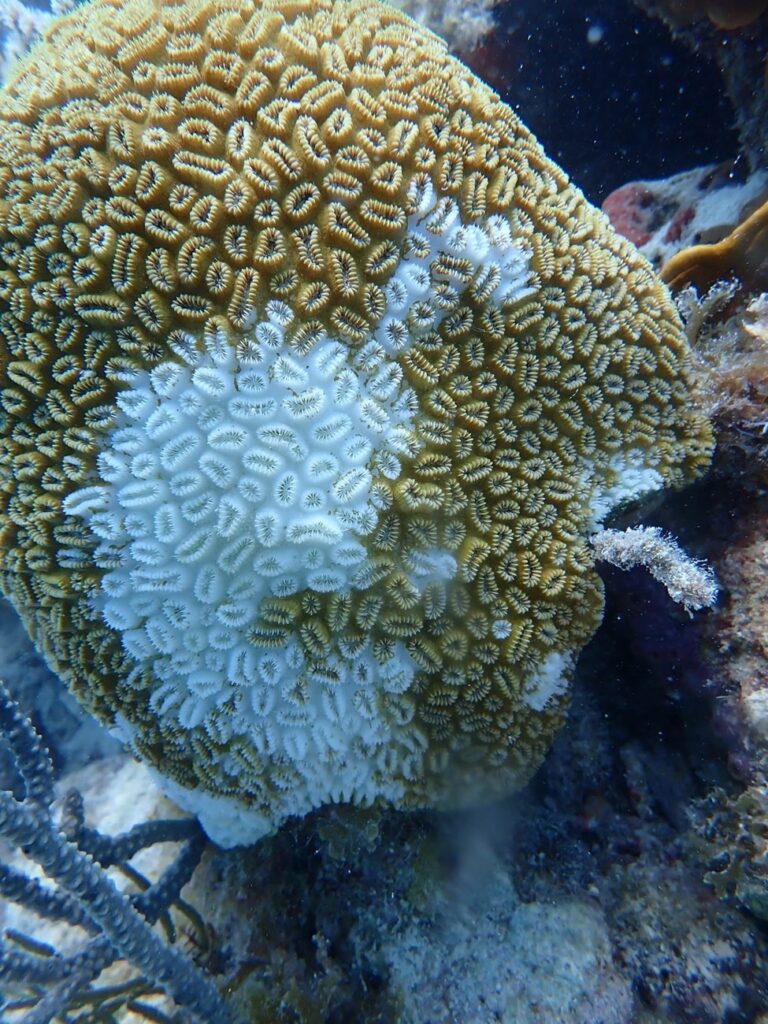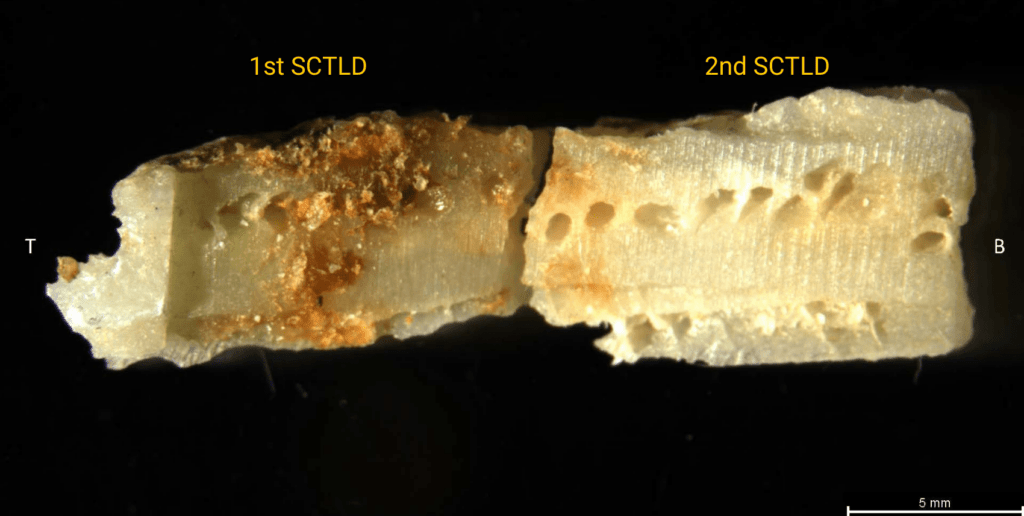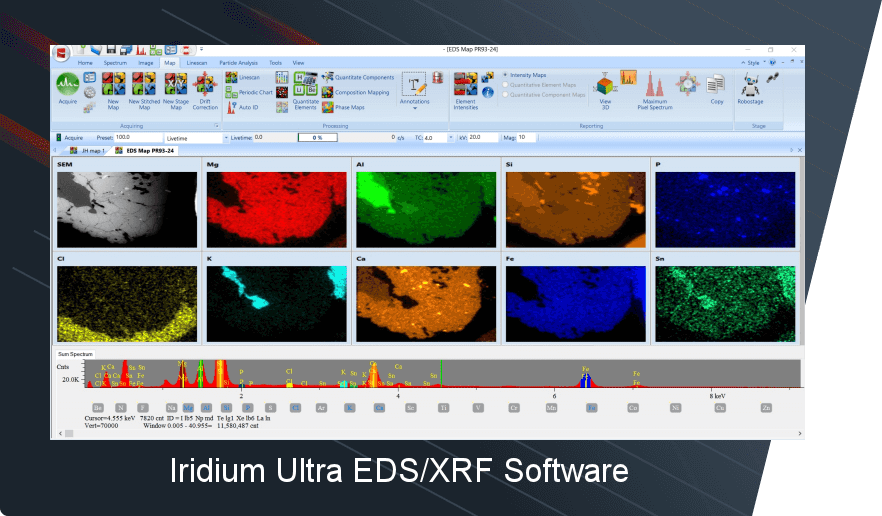Stony Coral Tissue Loss Disease (SCTLD) is a significant threat to coral reefs worldwide. Since its discovery in Florida in 2014, it has spread to the Caribbean and has been found as far south as Panama. SCTLD is a fast-spreading, highly infectious disease that can kill a colony of coral within weeks. It presents a significant challenge to scientists and reef managers, and urgent action is needed to understand the disease and develop effective management measures.
One promising approach to studying SCTLD is through high spatial resolution microXRF. In this article, we will look at the basics of SCTLD, why it is important to study it, and how high spatial resolution microXRF, such as the Atlas series from IXRF Systems, can play a significant role in analyzing the disease.
What is Stony Coral Tissue Loss Disease?
Stony Coral Tissue Loss Disease is a coral disease that causes rapid tissue loss and mortality in stony corals. It is believed to be caused by a bacterial pathogen that infects the coral and causes localized areas of tissue erosion that can spread throughout the colony. The disease can affect a wide range of coral species, including some of the most important reef-building corals.
Why is it important to study SCTLD?
Coral reefs are one of the planet’s most biodiverse and economically valuable ecosystems. They provide habitat for countless marine species, protect shorelines from erosion, and support local communities through tourism and fishing. However, coral reefs are threatened by multiple stressors, including climate change, overfishing, and pollution. Stony Coral Tissue Loss Disease is another significant threat that has the potential to cause widespread coral mortality.
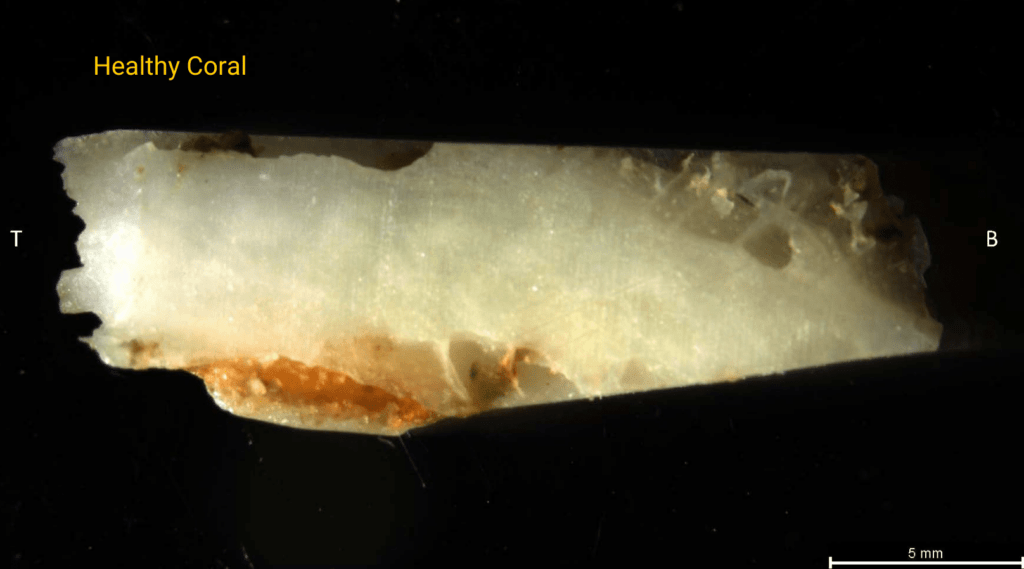

Understanding the disease is critical for developing effective management measures to mitigate its impact. High spatial resolution microXRF can play a significant role in advancing our understanding of SCTLD.
How can microXRF help analyze SCTLD?
MicroXRF is a powerful analytical technique that allows scientists to map the distribution of elements within a coral skeleton with very high precision. This can provide valuable insights into the processes that are affecting the skeleton and the coral itself.
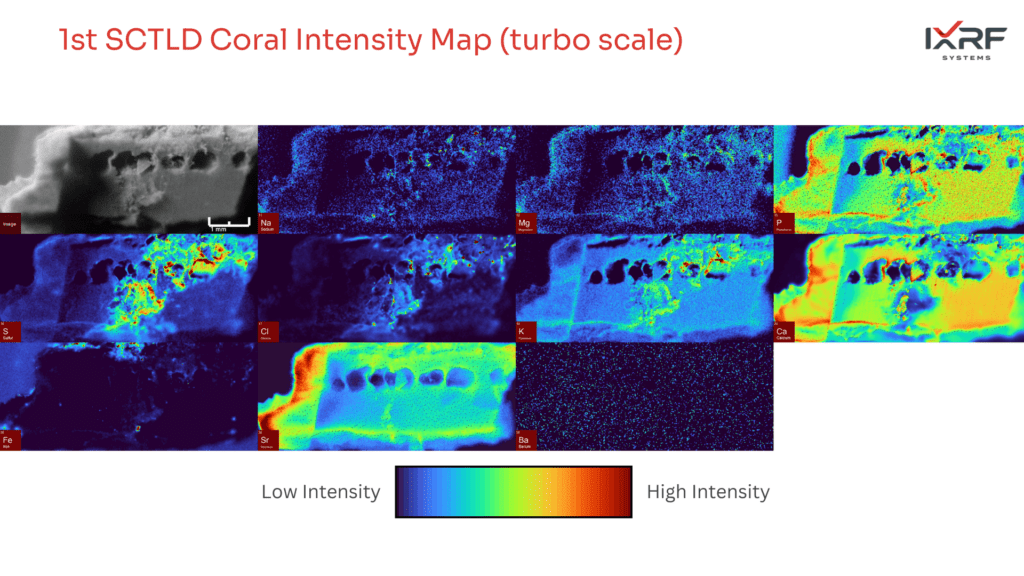

For example, the Atlas series microXRF from IXRF Systems provides spatial resolution down to 5 microns, allowing for detailed analysis of small-scale features in coral skeletons. This can help to identify areas of the skeleton that have been affected by SCTLD, as well as the distribution of elements that may be associated with the disease.
In addition, microXRF can help identify potential sources of stress that may contribute to the development of SCTLD. For example, elevated levels of nutrients, metals, or other contaminants may be associated with the disease, and microXRF can help to identify these sources.
Conclusion
Stony Coral Tissue Loss Disease is a significant threat to coral reefs worldwide, and urgent action is needed to understand the disease and develop effective management measures. High spatial resolution microXRF can play a significant role in analyzing SCTLD. By providing detailed information on the distribution of elements within coral skeletons, microXRF can help identify areas affected by the disease and potential sources of stress that may contribute to its development. As research continues on SCTLD, high spatial resolution microXRF will be valuable in advancing our understanding of this critical issue.
To better understand SCTLD and its contributing factors, we can explore advanced techniques like high spatial resolution microXRF. Are you interested in the potential of this technology? Join us in our journey to uncover more about microXRF and its role in mitigating the impacts of SCTLD on coral reefs. Let’s work together to protect these precious ecosystems. Dive deeper into microXRF today.
References
Muller, E.M., et al., 2018. Fine-scale coral morphology and associated microbial communities at two Red Sea coral reefs. Scientific Reports, 8(1), p.1-15.
Kuffner, I.B., et al., 2020. Spatial patterns of macrobenthic communities and coral diseases on a remote coral reef system. Frontiers in Marine Science, 7, p.1-17.
Bahr, K.D., et al., 2020. Anthropogenic nutrient enrichment and microbial consortia drive cyanobacterial blooms on coral reefs. Coral Reefs, 39(4), p.827-840.
IXRF Systems is a leading provider of X-ray fluorescence instrumentation. With our advanced analytical solutions, we are committed to supporting research, quality control, and educational endeavors across various industries. Click here to contact us today to get a deeper understanding of how our technology can be a valuable addition to your analytical toolkit.

